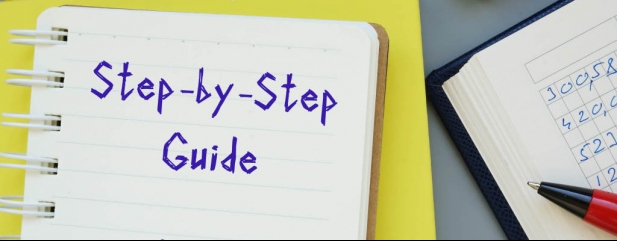Archived article
Please note that tax, investment, pension and ISA rules can change and the information and any views contained in this article may now be inaccurate.
Our step-by-step guide to help you start investing

Our first-time investor series has reached the end of its first part, having covered the basics of investing including opening an account, charges, and the difference between the main assets classes including stocks, bonds and property.
We’ve talked through the process of setting up and maintaining a portfolio and why funds, ETFs and investment trusts are the best places for a first-time investor to start.
The next part of the series will explain the first steps you might take with adding stocks and shares to your portfolio.
Before we go any further, we thought it useful to provide a reminder to readers as to exactly what we’ve covered so far. We’ve included relevant links in case you missed any of the articles or if you would like to share them with your friends and family if they want some help with investing. All the articles are free to read.
Getting started with investing
What to think about and how to do it. The difference between saving in a cash account and investing and the benefits of compounding.
The difference in risk between cash, bonds and shares
Understanding how you might be able to hit certain investment goals.
Opening an investment account and making your first transaction
Getting started with investing is a lot easier than you might think.
How much do charges affect your returns?
We run through some examples.
We also look at the difference between lump sum and regular investing.
Which account should I use: an ISA, SIPP or dealing account?
We explain the difference between the three main accounts.
Everything you need to know about investment funds
Funds, investment trusts and ETFs are the best places to start if you’re new to investing.
We discuss the case for buying equities and some of the risks involved.
Everything you need to know about bonds
We look at the world of fixed income and its pros and cons for investors.
How and why you might invest in property
The pros and cons of the asset class and the different ways of getting exposure.
Most commodities and all cryptocurrencies do not suit new investors
Why they should only be considered once you’ve built a core portfolio of funds that invest in stocks and bonds, and you have money you can afford to lose.
Everything you need to know about picking ETFs
How ETFs work, the costs, choices and popular products among retail investors.
How to choose the right investment fund for you
They are like a box of chocolates, full of different things that can leave a nice taste.
The beginner’s guide to picking investment trusts
How to compare trusts and why they have advantages over investment funds.
Understanding bonds and how to invest in them
Adding bonds to an investment portfolio increases diversification and provides more secure sources of income.
How to build your first investment portfolio
Portfolios should be thought as a team, where the whole is greater than the sum of the parts.
Keeping your investments well balanced is easier than it sounds if you follow some basic principles.
Important information:
These articles are provided by Shares magazine which is published by AJ Bell Media, a part of AJ Bell. Shares is not written by AJ Bell.
Shares is provided for your general information and use and is not a personal recommendation to invest. It is not intended to be relied upon by you in making or not making any investment decisions. The investments referred to in these articles will not be suitable for all investors. If in doubt please seek appropriate independent financial advice.
Investors acting on the information in these articles do so at their own risk and AJ Bell Media and its staff do not accept liability for losses suffered by investors as a result of their investment decisions.
Issue contents
Feature
First-time Investor
Great Ideas
Investment Trusts
Money Matters
News
- Valuation and competition pose a threat to Zoom's soaring share price
- What US stimulus and infrastructure news means for markets
- Private equity investors ready to swoop as they sit on record cash pile
- Time to be more cautious on this year’s biggest biotech winners
- Best of the Best’s success attracts takeover interest

 magazine
magazine








